Reviews 6 min read
Vauxhall Vivaro-e Life: Better value than its Citroën cousin
The pure electric version of the British-built Vivaro marks another milestone on the journey to electrifying the Vauxhall brand.
Discover EV expert verdict...
- Masses of space
- Practical and versatile
- Good value
- Poor range
- Handles like a van
- Top spec price hard to swallow
Overview
Vauxhall’s all-new Vivaro, based on Groupe PSA’s EMP2 platform, can accommodate up to nine occupants, as well as offering plenty of load space for luggage and a raft of technology. Range is rather restrictive, but with prices starting at £32,495 as opposed to £48,615 for mechanically identical Citroën ë-SpaceTourer, if you’re after an electric MPV then go for the Griffin badged model.
Driving
The Vivaro-e is powered by a 136bhp electric motor, which gets you to 62mph in 13.1 seconds and tops out at 81mph. Not exactly brisk, but at least the 192lb-ft of torque is available as soon as you touch the throttle which comes in handy around town. It doesn’t drive much different to the Citroën. It’s unsettled over ruts and bumps, the steering is slow and it leans in the corners. In swapping the diesel engine for an electric motor, the driving experience is at least more hushed and refined.
There are three driving modes, which to coin the proverbial phrase do what they say on the tin (or button on the centre console): Power for maximum performance, Normal for everyday driving and Eco, which uses the least amount of energy. Putting it into ‘B’ mode maximises the regenerative (energy recovery system) braking, and while you can’t quite drive it using one pedal, you don’t need to use the brakes as much.
Range and running costs
While the same 50kWh battery pack is more than adequate in a Vauxhall Corsa-e, compact hatchback this isn’t. As a result in something this size it somewhat restricts the distance it can travel between charges, with an official quoted range of 143 miles, which you’ll struggle to get. Bizarrely it’s more economical than the Citroën returning – in our experience – between 3 to 3.9 mi/kWh in Normal mode compared to 2.7 in Eco mode. That said like its French sibling it does not like motorway runs, in one instance we started off with 90 miles of range and after covering 40 miles we were left with 17. It would be fairer of course to look at how it did over a week, and on a mixture of roads during typical spring temperatures, we were getting around 100 miles, which is disappointing.
On the plus side you can recharge the Vivaro-e Life’s batteries fairly quickly, with zero to 80% taking just 30 minutes at a 100kW charging station, alternatively a domestic 7kW wall box will complete a full charge in seven and a half hours. It’s also cheaper to charge than to refuel and as there are fewer mechanical parts in an electric car, less to be replaced when a service is due, so it will cost you less to run than its diesel counterpart.
Design
The exterior styling encompasses Vauxhall’s new design language, which bases itself on “purity and boldness” – translate that as you wish. As far as we can see aside from styling differences at the front and a small number of detail changes, it is identical to the ë-SpaceTourer Feel and Peugeot e-Traveller. Unlike the Citroën, it’s available in Large (with a luggage capacity of around 4500 litres) as well as Medium body styles, but both versions have a 3.28m wheelbase.
The interior of the Elite is well appointed, comfortable and fairly luxurious in comparison to the Citroën ë-SpaceTourer Feel and the Vauxhall is only £220 more! There’s leather upholstery for starters and up front the driver and passenger are treated to electrically operated heated front seats with massage facility! You’ll still find the same instrument cluster with an information panel showing the most important stats, a head-up display, and 7 inch touchscreen featuring smartphone mirroring. It’s laggy but there are shortcut buttons for most functions on either side of the screen and on the steering wheel at least. You also get Vauxhall Connect, featuring Live Navigation with real-time traffic information, direct connection, roadside assistance and emergency call, and more connectivity is to follow.
Comfort and practicality
A five-seater configuration is standard but there’s an option for a third row to make it an eight-seater, and three adults will fit very comfortably in each of the two rows of rear seats. There is also a second row option of two seats, which then enables a seven-seater layout. The two individual seats swivel so passengers can sit facing each other and there is an optional centre table for the ultimate lounge experience so de rigueur nowadays, as well as a panoramic roof with sliding blinds, which really helps to make it feel much less van-like.
The folding back of the front passenger seat allows the transportation of objects up to 3.50m in length. The removal of the rear seats (which are equally easy to reinstall) raises the total cargo capacity to as much as 3397 litres, and there are heaps of storage solutions for everyone on board. It’s worth noting the Vivaro-e Life is available with an optional bespoke trailer hitch, which, Vauxhall claims, allows it to tow trailers up to a maximum of 1000kg – a first for its class.
There are two trim levels, Elite and Life Edition, which is built for business use and has space for up to nine people. Standard specification on Elite includes keyless open and start, xenon headlights, head-up display, blind spot alert and 180° rear parking camera. It also features dual electric sliding doors with intelligent sensors for hands-free access, which when you have kids is enormously helpful. There is a split tailgate (which is larger than the competition) with a handy opening rear window – similar to that on some of the Land Rover models – for quick and easy access to luggage space. In addition, there’s a camera and radar to monitor the area in front of the vehicle – handy for parking, and can also recognise pedestrians crossing the road and initiate an emergency braking manoeuver at speeds up to 18mph, intelligent cruise control, lane-keep assist and drowsiness alert and high-beam assist.
Verdict
When it comes to large, electric people movers there isn’t much choice – there’s the hugely expensive Mercedes EQV or the Citroën ë-SpaceTourer. To that end, if you’re after a van-based car repurposed to carry people and their belongings around efficiently then the Vauxhall Vivaro-E Life priced from £34,615 is an attractive proposition. It’s certainly smoother, more pleasant to drive and cheaper to run than its diesel sibling. However, while we appreciate that 100 miles is probably more than enough for most people, it feels somewhat compromised in an application like this which is designed for either large families or those in the taxi or shuttle market that, when they do undertake a longer than average journey, probably want to do more than 80 miles before having to stop to recharge.
Key Specs
2021 Vauxhall Vivaro-E Life Elite
Price (RRP OTR): From £34,615, £50,015 (model as tested)
Top speed: 81mph
0-62mph: 13.1 seconds
Power: 136bhp
Torque: 192lb-ft
Driving range (combined): 143 miles
Charging time: 7hrs 30m (7.4kW, 0-100%), 4hrs 45m (11kW, 0-100%), 30 min (100kW, 15-80%)
Insurance group: 38E
Vehicle warranty: 3 years / 100,000 miles
Battery warranty: 8 years / 100,000 miles (up to 70% battery capacity)

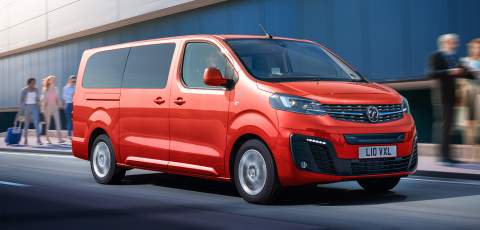


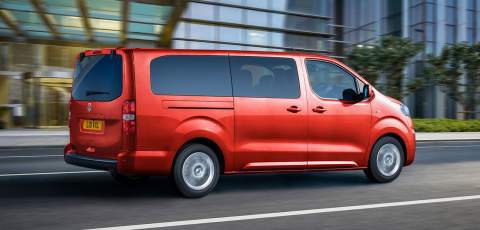
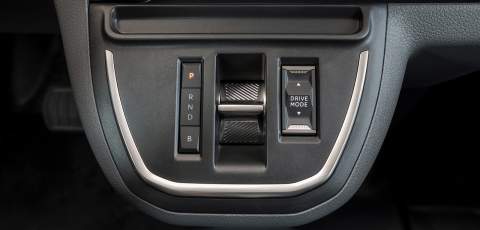
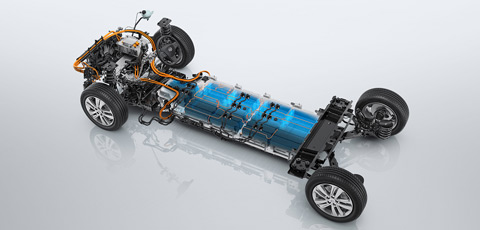
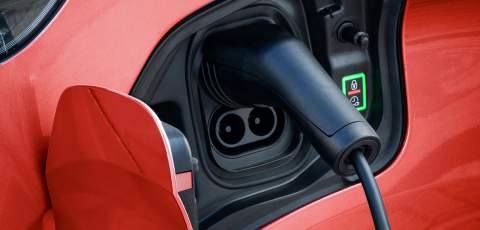
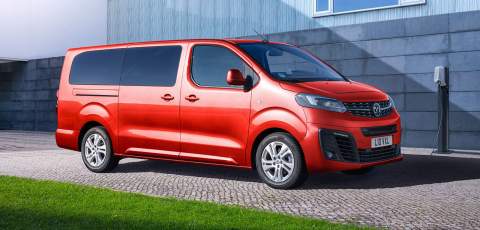
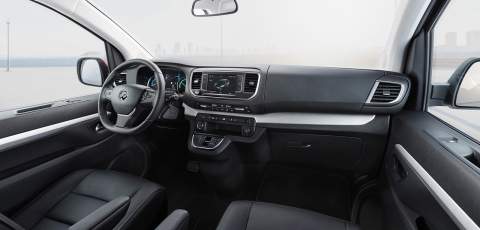
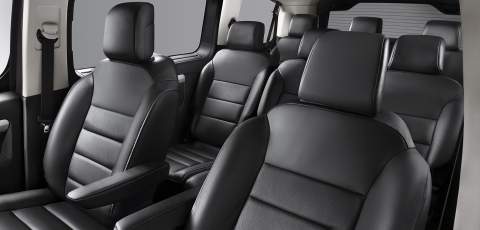
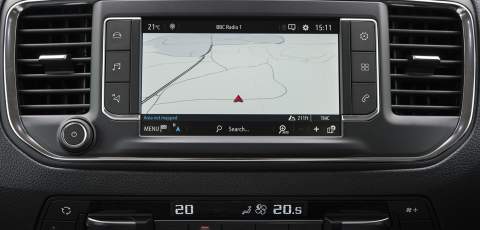
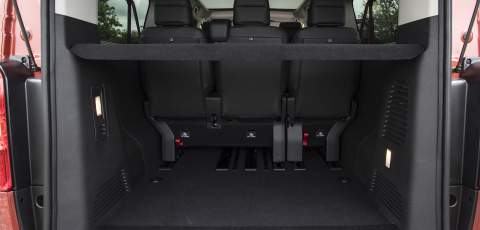
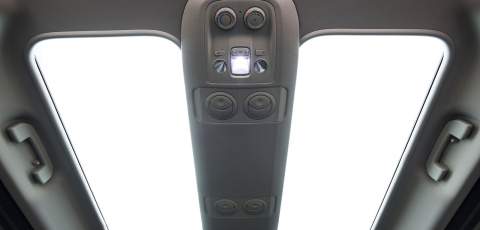
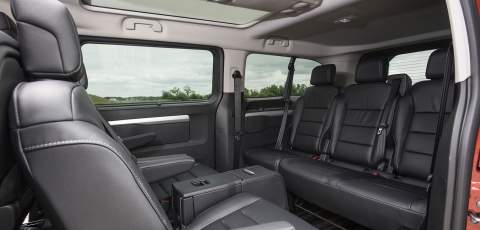
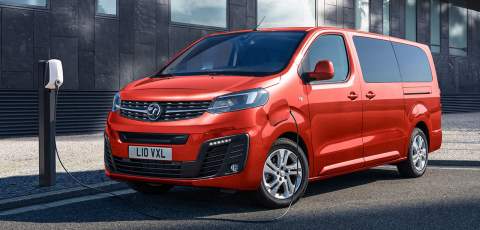

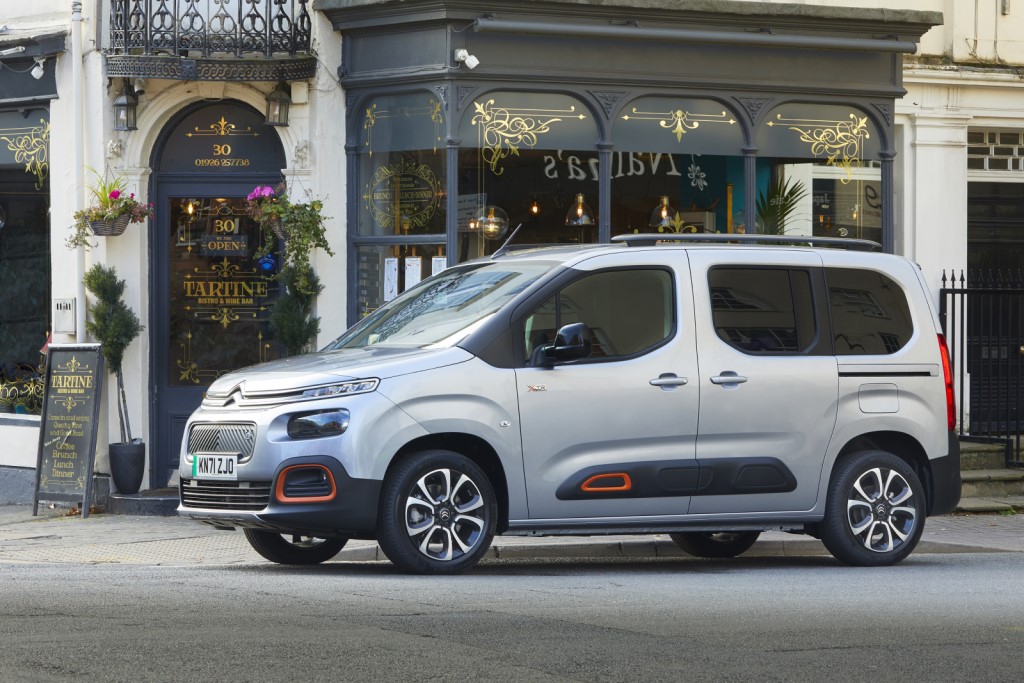
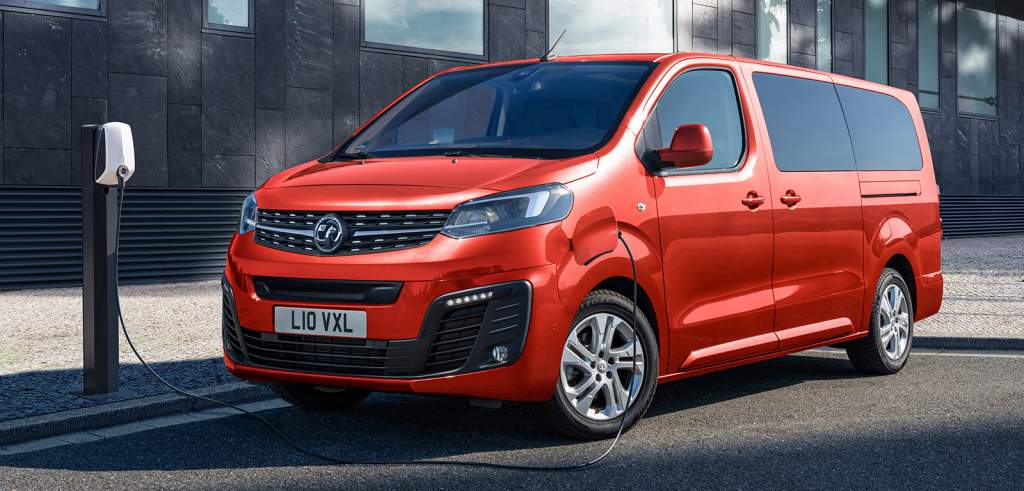
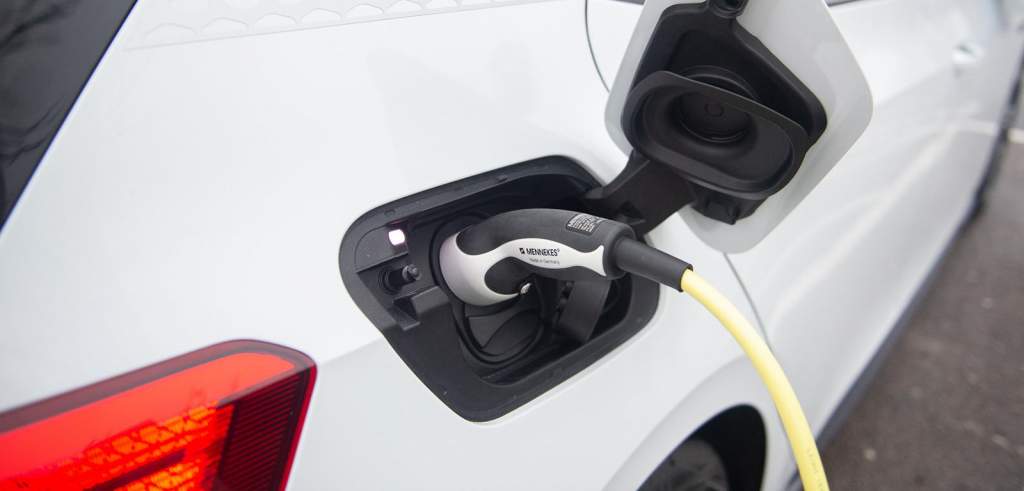
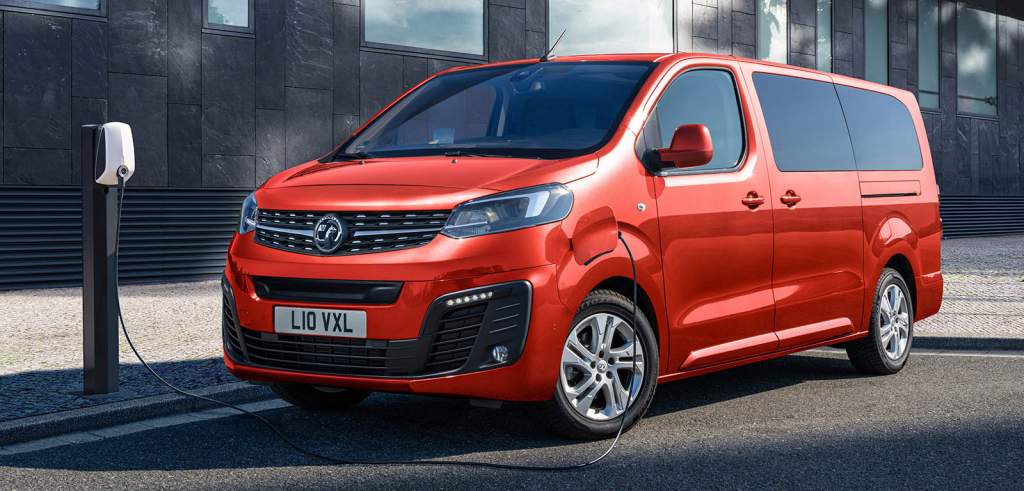
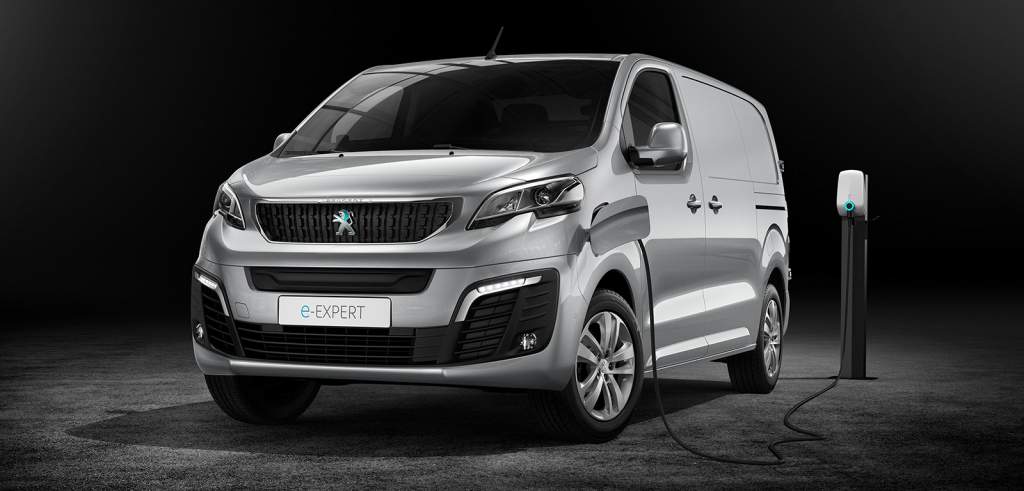
1024px.jpg)

Comments (0)
Be the first to write a comment
Login/ Signup